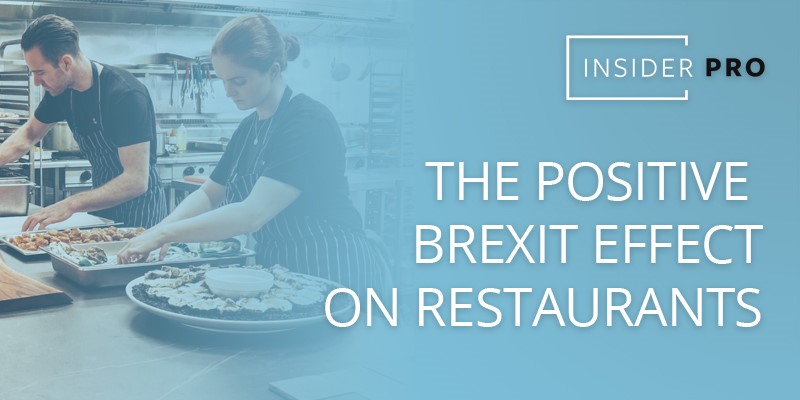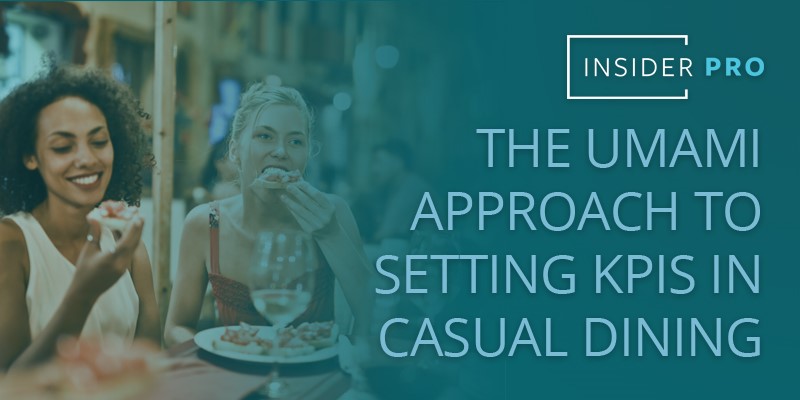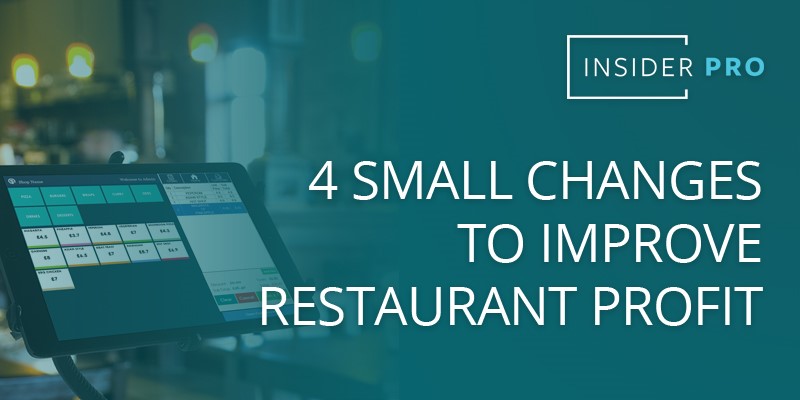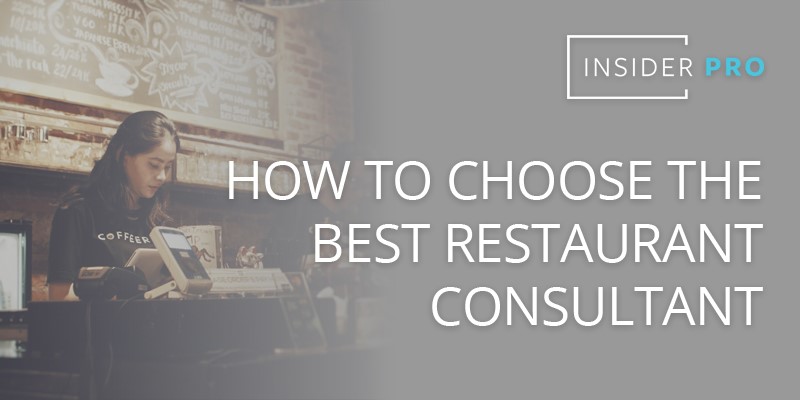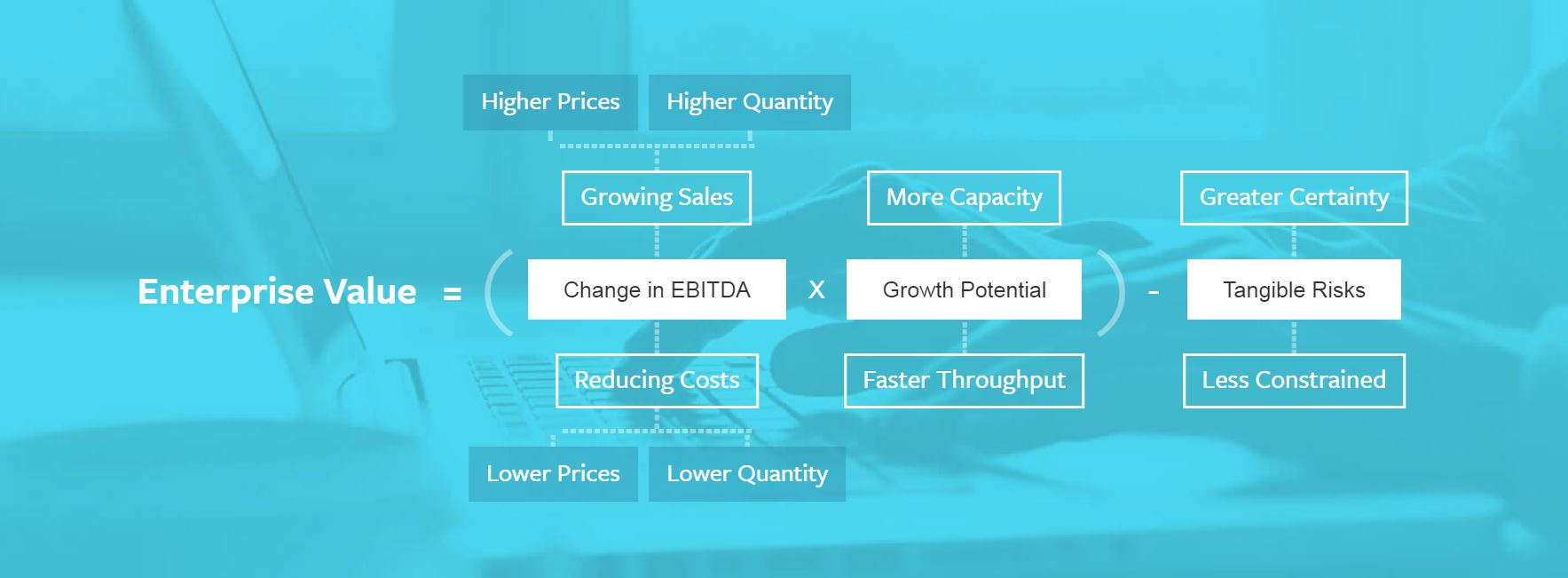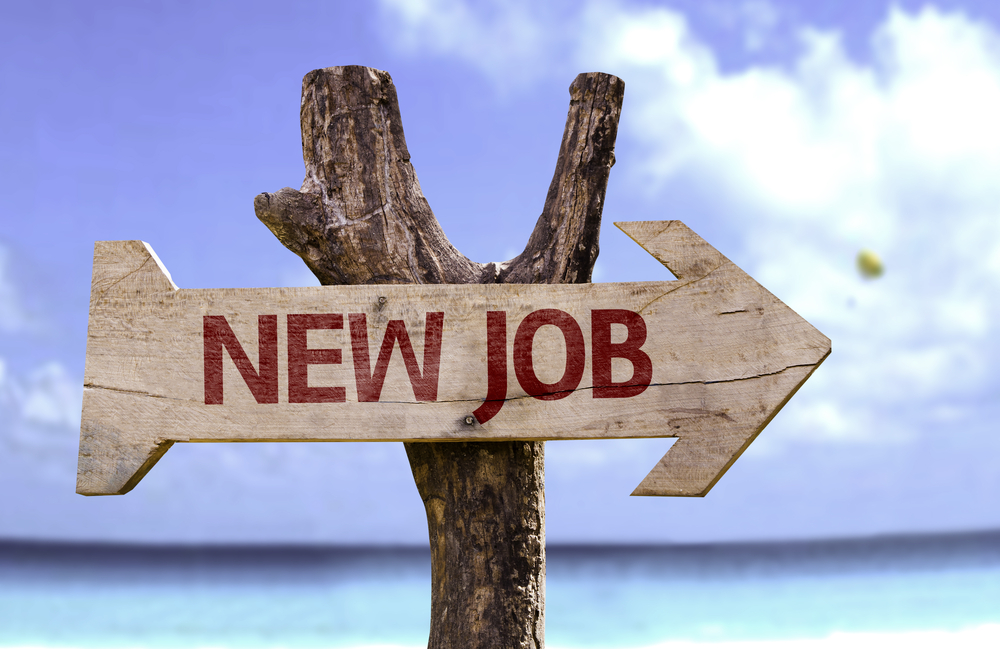Writing anything about BREXIT without a crystal ball is quite a challenge!
Recent Posts
Managers of casual dining chains are challenged by tight margins, high staff turnover, and rising costs. Most will report progress to investors via their P&L and a number of Key Performance Indicators.
Cash flow, RevPASH (revenue per available seat hour), table turnover rate and others are great for comparing progress:
- How did we do compared with last month?
- How does this compare with the same time last year?, and even..
- How are we doing against our competition?
But which restaurant KPIs actively drive business improvements?
Topics: Restaurant profitability
The casual dining market works on very tight margins. Added to that, diners demands appear to continually increase on all levels:
- good quality food delivered quickly
- attention to detail regarding food preferences
- authentic experience of different cuisines
- an interesting / entertaining dining experience
And it is against this backdrop, that some are struggling to compete, whilst others are expanding.
So what is it that the more successful casual dining restaurants in the UK do that sets them apart from those who fail?
The concept of casual dining has been around for a while, but in the past couple of years there has been a positive shift in “out of home” dining towards casual dining.
Millennials, for example, spend a whopping 13% of their income on dining out.
According to the FCSI, whilst the restaurant sector as a whole saw a decline of around 43m visits in the year to June 2018, the casual dining sector reported an additional 35m visits during the same period.
That’s the good news.
Traditionally, business leaders have looked at the trend in overall profit (or loss) for the group as a measure of success. Most will break this down by restaurant and/or geography to facilitate restructuring / growth decisions.
They will look at their profit margin compared with the competition and to improve margin, they will work the levers of increasing revenue and/or reducing the cost of goods sold.
But things have changed enormously in the past couple of years.
Disruption in the UK casual dining market from alternatives like Deliveroo, UberEats, Foodhalls, drive-throughs and others, plus the seemingly ever-increasing demands of a very fickle consumer means that this traditional approach to control simply doesn’t work.
Those who survive must differentiate themselves. They have to provide entertainment value, atmosphere and good food. And they have to do it more efficiently than the next person to sustain their place in a world of tight margins and fickle customers.
So rather than asking yourself "What is the root cause of the problem in our business? (Is it the theme, the menu, our cost base, our efficiency....), casual dining restaurants have to step back to discover the most profitable use for their resources.
The question should be "How do I work with what I have to make the most profit?"
We have a methodology for doing that...
Topics: Enterprise Value, Restaurant efficiency, Restaurant profitability
"Enterprise Value" is a term that is used to value a business beyond it's market capitalisation. The usual definition is market capitalisation (share price multiplied by the number of outstanding shares) plus net debt.
But we think that enterprise value can and should be looked at in an entirely different way....
Topics: Procurement Consultancy, Enterprise Value
Casual dining restaurants have created mini food factories around the globe where consistency, quality, speed and value are key. Downtime costs each restaurant hundreds if not thousands of pounds per minute in lost sales and spoiled product.
So, when a restaurant chain approached us to help reduce their maintenance cost, reducing risk as well as cost was at the forefront of our minds.
Topics: Case Studies
"Best practice" is a phrase that can be over-used, but nonetheless sought-after by all concerned. We like to talk about "Next practice" as a way of bringing about improvements as well as change. This list combines suggestions from the top industry gurus - including our modest selves!
Topics: Best Practice, Procurement Consultancy
If your procurement team took steps to reduce the total cost of ownership for a piece of equipment, they’d probably deserve a pat on the back (at least!).
But what if they took a further step and looked at the function of that piece of equipment and determined a better way?
Topics: Disruptive Procurement, Procurement People, Case Studies

